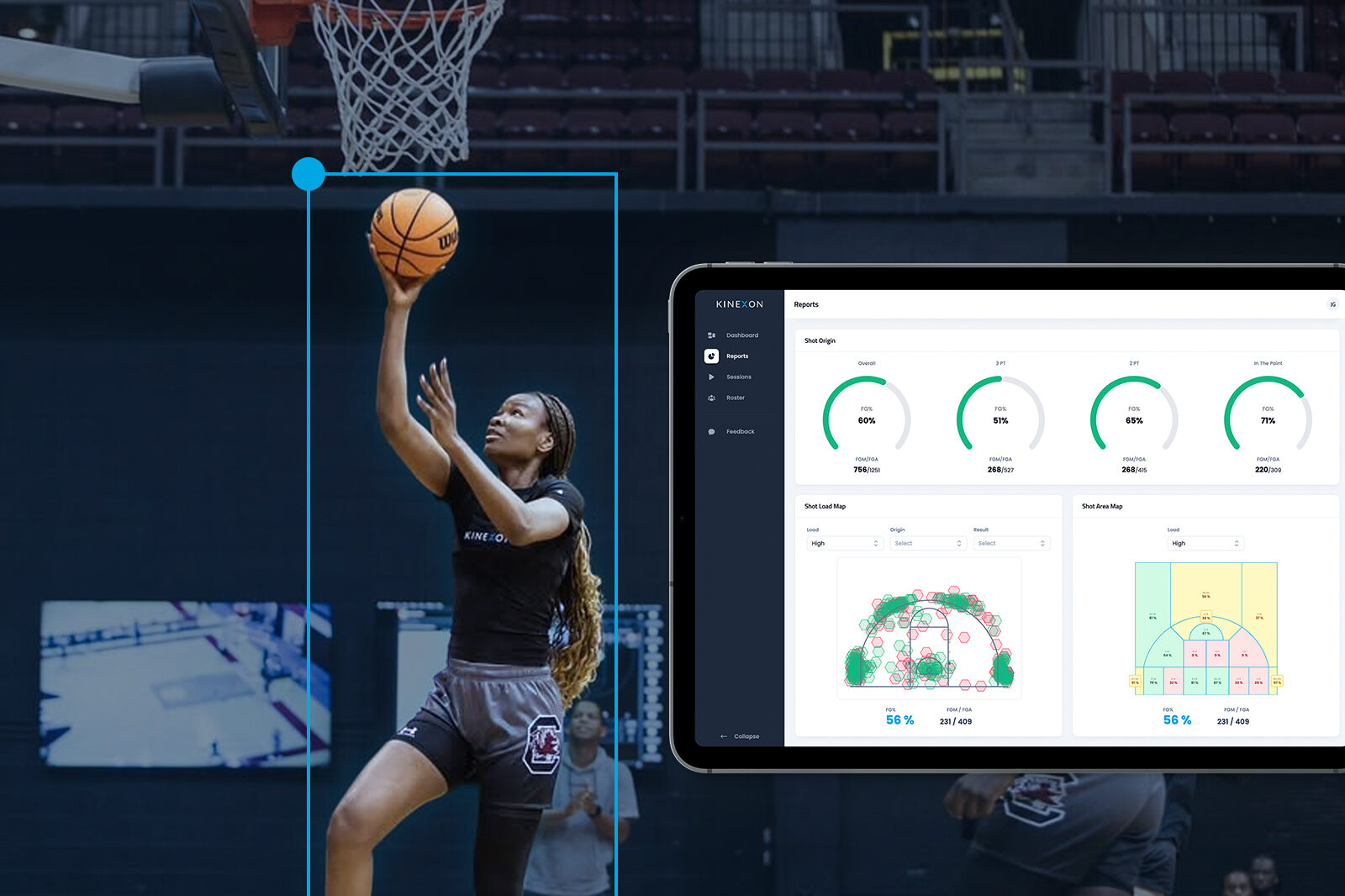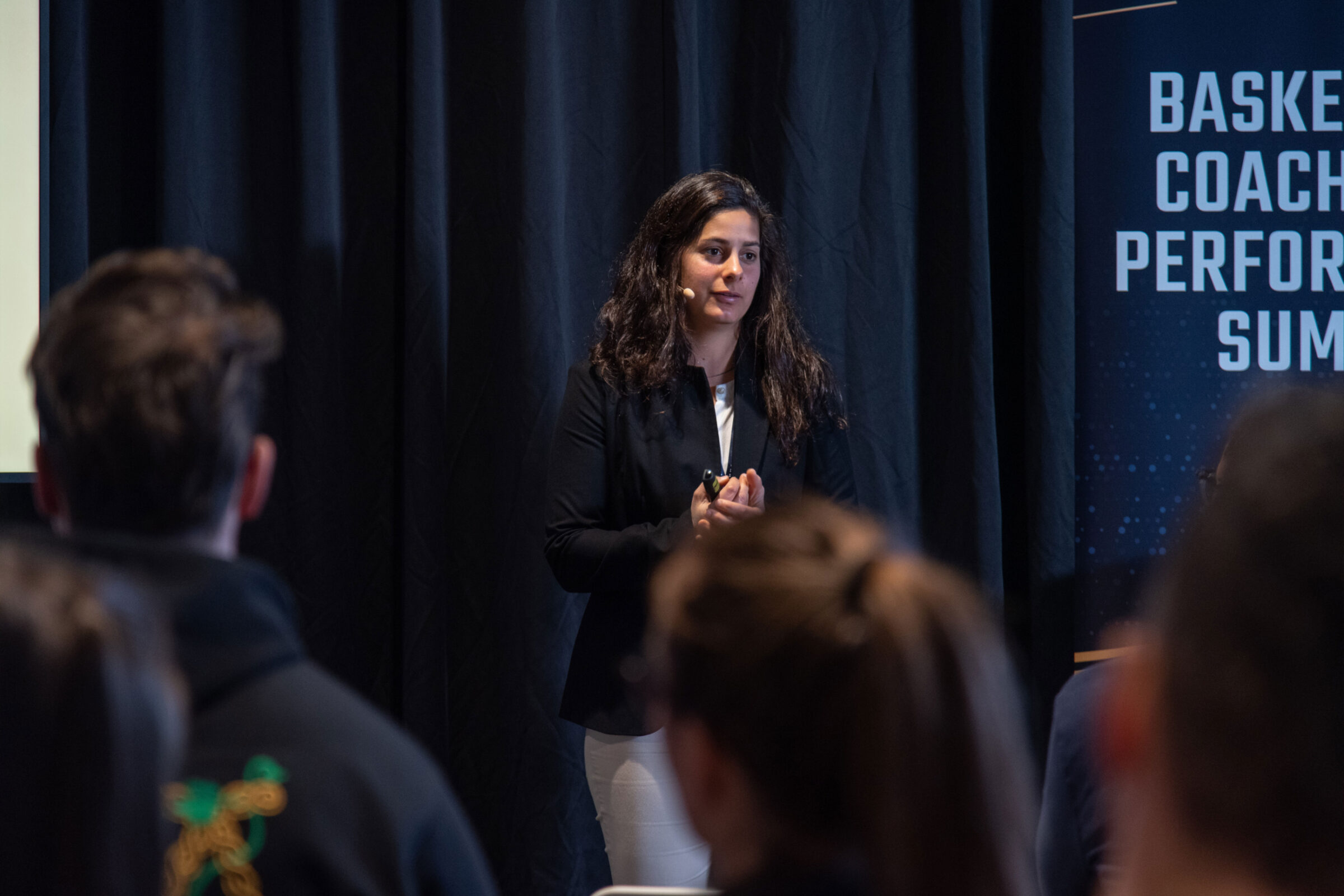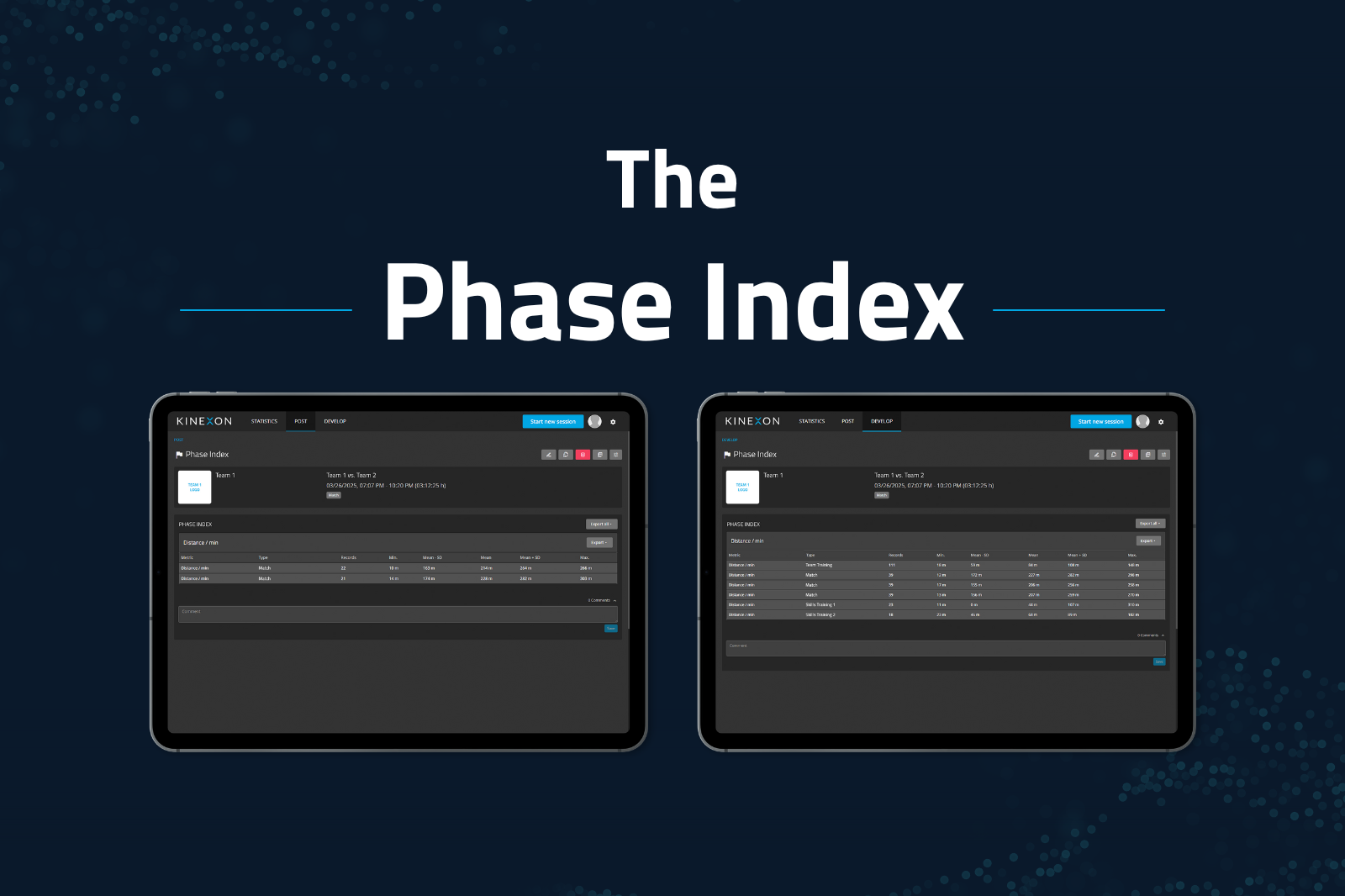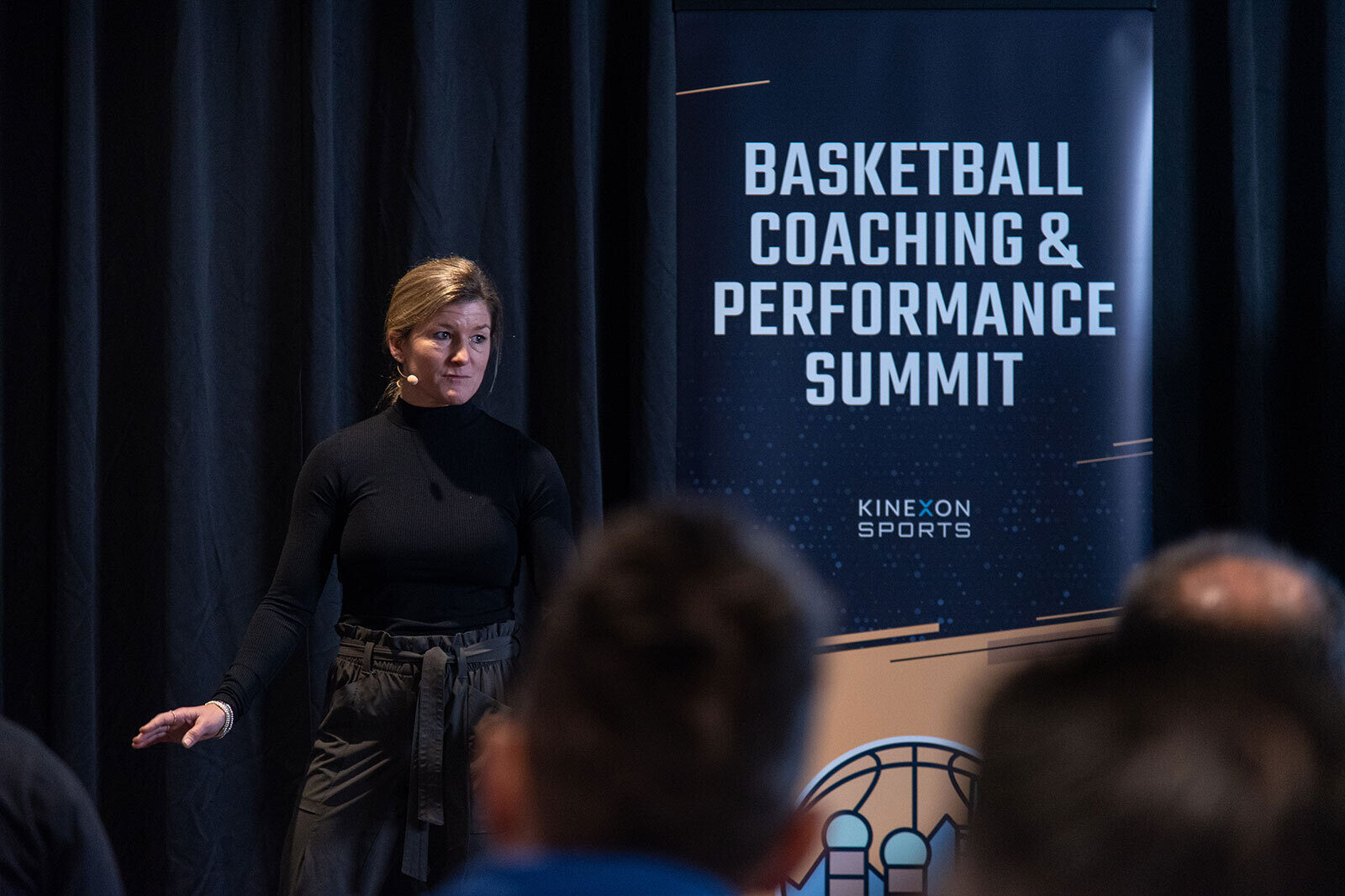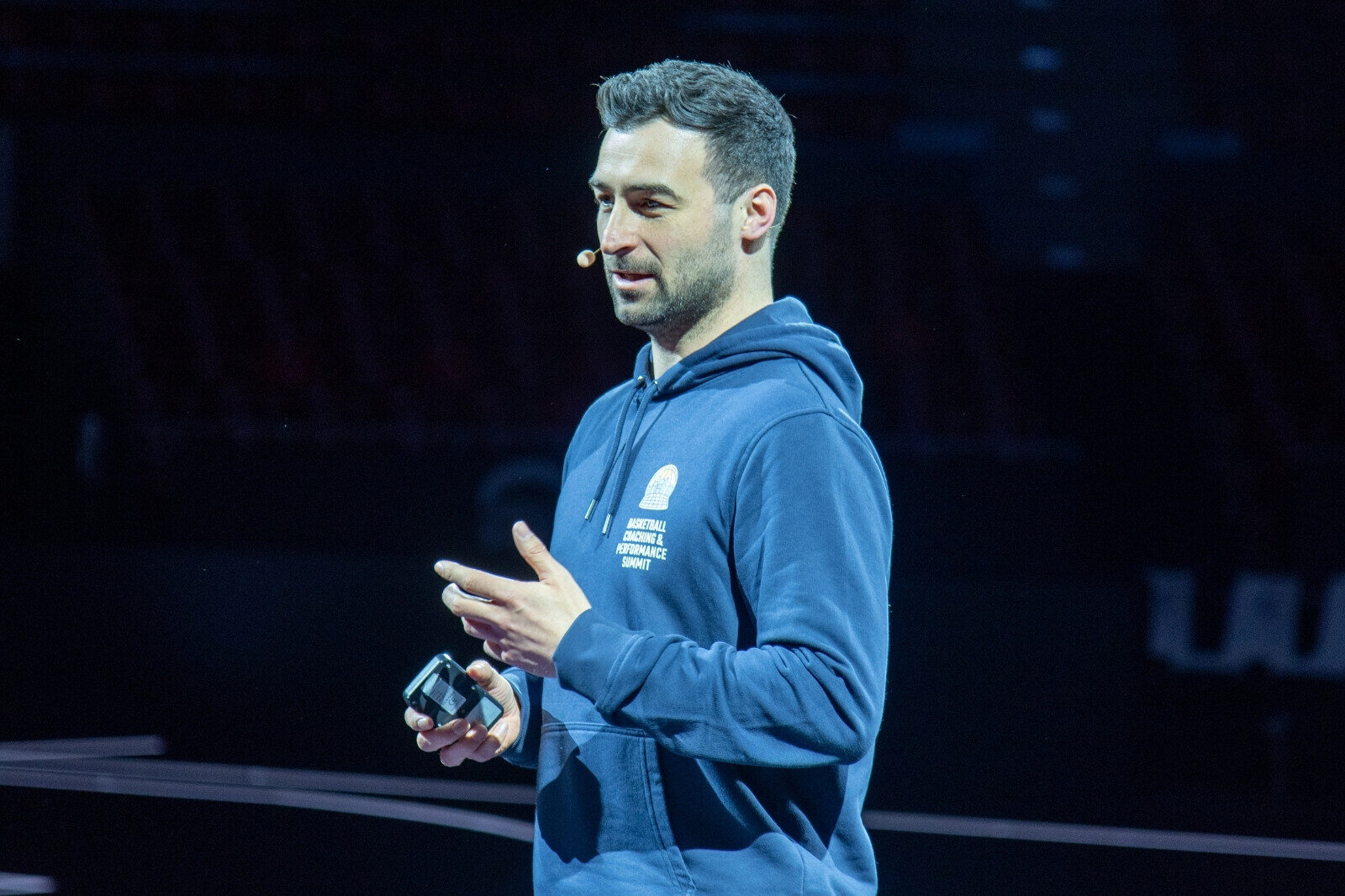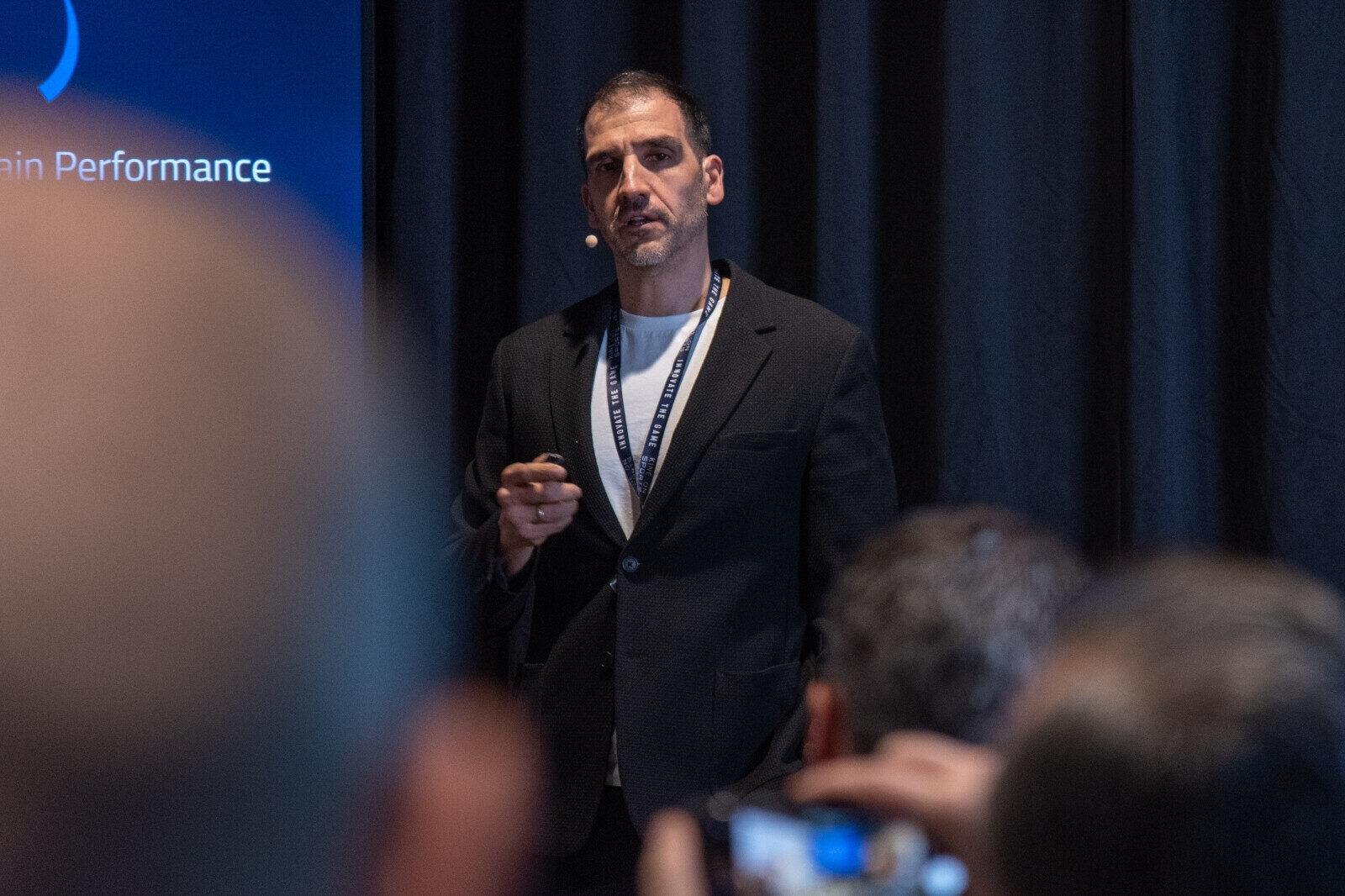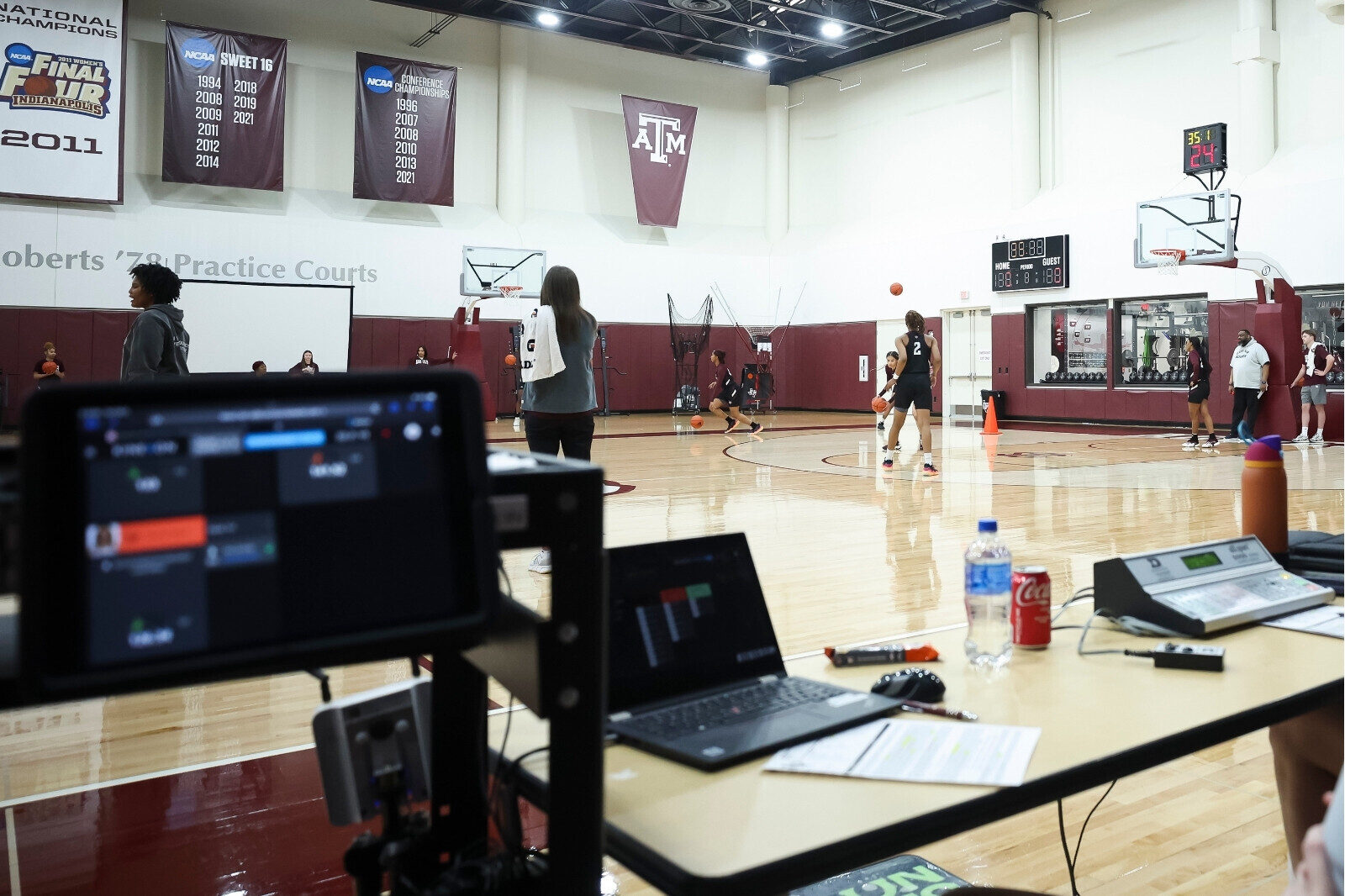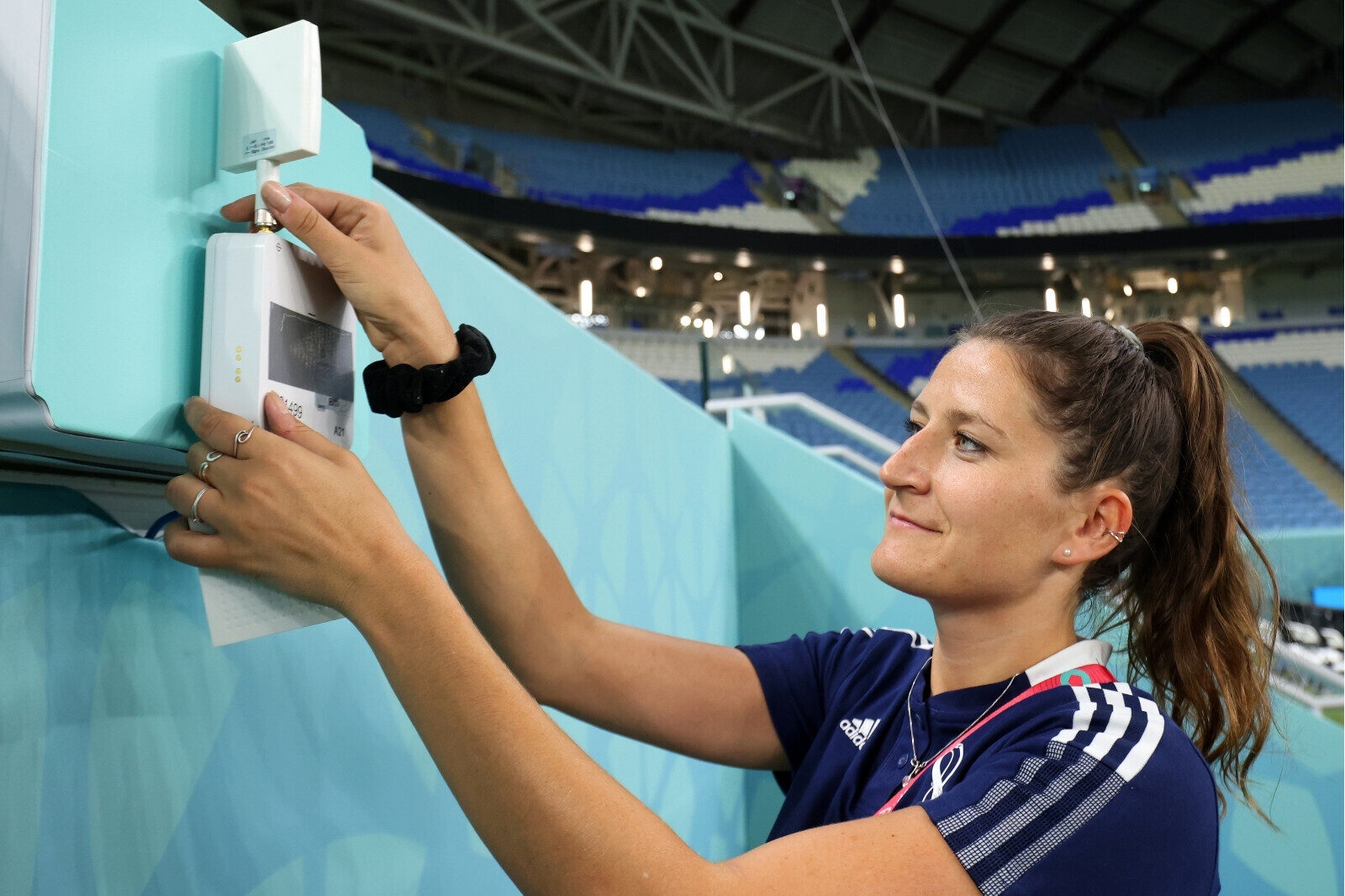Unlocking a New Era in Sports Performance: What’s Ahead from KINEXON Sports in 2025
In elite team sports, performance is often decided by the smallest details – how efficiently an athlete sprints, how they handle fatigue, and how well a team manages training loads throughout the season. Coaches and performance staff need more than just numbers – they need meaningful insights, in real time, to make the right calls when it matters.

In 2025, KINEXON Sports is launching new performance tools that address some of the biggest challenges teams face today. These updates are designed to fit directly into your existing workflows and provide real, research-backed value without adding complexity. Everything is built around one clear goal: helping you make better, faster, and more confident decisions based on reliable data.
On-Field Diagnostics: Sprint Assessments, No Extra Setup
One of the most requested capabilities from coaches and sports scientists is a better way to assess sprint performance – on the field, in the flow of training, and without needing specialized equipment. That’s exactly what On-Field Diagnostics delivers.
This new tool enables you to capture prescribed instances of sprint efforts over a pre-defined distance. These repeatable, diagnostic measurements are essential for generating objective data that allows for assessment of an individual’s readiness and maximal capacity. With automated event detection, key indicators such as maximum speed and split times, and access to the instantaneous velocity trace, our sprint diagnostic feature offers a seamless workflow for performing scientific sprint capacity evaluation.
Why it matters:
- No need for timing gates or extra hardware
- Coaches get immediate feedback on sprint efficiency
- Helps identify asymmetries, fatigue-related decline, and technical breakdowns
- All data feeds directly into your current KINEXON system
Real-time monitoring of sprint performance has been shown to improve technique development and reduce the risk of non-contact injuries – particularly when used within normal training environments (1).
Early versions will focus on sprint diagnostics, with future updates planned for things like force/velocity profiling and contextual workload monitoring during diagnostic events.
Standardized Metric Analysis: Clarity Across Sessions and Teams
As teams get deeper into performance data, it’s becoming clear that raw numbers alone aren’t always enough. Comparing metrics from different drills, sessions, or even different staff members can quickly become confusing. That’s where Standardized Metric Analysis comes in.
This new feature allows performance data to be visualized in percentage terms – relative to benchmarks or target values. It’s an intuitive way to track how demanding a session was, how an athlete is progressing, or how different training phases compare.
What it looks like in practice:
- Use simple visual widgets to compare workload across weeks
- Express high-speed running as a % of competition bests
- Align all staff on one evaluation framework
- Get a clearer picture of trends without needing to dig through raw data
Standardizing metrics has been shown to reduce inconsistencies across coaching teams and enable more accurate talent evaluations (2).
Built on Research, Validated in Practice
These new tools aren’t just engineered – they’re backed by applied sports science. Through an ongoing collaboration with the Joe Gibbs Human Performance Institute, KINEXON is refining how pose data, movement tracking, and AI-driven interpretation can help teams go from data collection to action faster and more effectively.
This includes:
- Tracking directionality and displacement across entire sessions
- Measuring load through vertical/horizontal accelerations and physical contact
- Developing new biomechanically relevant metrics from positional and IMU data
- Identifying consistent patterns in movement that support readiness or tactical decisions
By grounding every development in biomechanics and validation protocols, KINEXON aims to expand not just what gets measured – but what that data actually means (3).
Why This Matters for You
If you’re already using KINEXON, these new features are designed to extend the value you’re getting – without changing your setup or slowing down your process. If you’re exploring performance solutions, here’s what makes this different:
- Fully cloud-based, integrated system
- Indoor and outdoor tracking with unmatched accuracy
- Unified platform for LPS, GPS, IMU, and game data
- Designed for real-world use by coaches and performance staff
Looking Ahead
Everything launching in 2025 is the result of direct conversations with teams, and a shared desire to make performance tracking more useful, more reliable, and more actionable.
As these updates roll out, we’re continuing to invite feedback from coaches, analysts, and sports scientists across all levels. Your insights help us build tools that solve real problems – because this isn’t about chasing trends. It’s about helping you prepare, protect, and perform at the highest level.
Want to learn more or see these tools in action?
Reach out to your KINEXON Sports contact or drop us a message – we’d love to talk about how these features could fit into your workflow.
References
- Osgnach, C., et al. (2021). Real-time monitoring of sprint performance: applications for technique refinement and injury prevention. Sports Medicine – Open, 7(1), 1 – 14.
- Ferguson, B., et al. (2020). The impact of standardized performance metrics on coaching decisions in elite sport. World Journal of Advanced Research and Reviews (WJARR), 6(2), 85 – 92.
- King, D., et al. (2023). Pose-based performance analysis and AI-supported athlete monitoring: Emerging frameworks. Journal of Applied Biomechanics, 39(1), 21 – 32.
